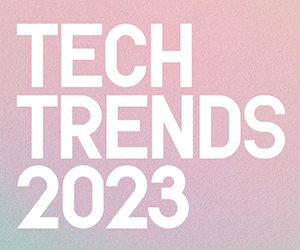1. New Uses for Pandemic-Era Digital Learning Tools
Video collaboration tools — Zoom, Cisco Webex, Google Meet and more — and the other digital ways we stayed connected back in the spring and summer of 2020 are now a staple of higher education, especially as hybrid learning becomes the standard rather than the exception.
And Bruff says that with a few years under their belts, instructors are getting more adept at taking advantage of everything those tools have to offer.
For example, Zoom’s polling feature (and polls offered by third-party providers like Poll Everywhere, Top Hat and iClicker) has been embraced by instructors looking to create the kind of student interaction that was feared lost when we all quickly pivoted to our respective Zoom windows. In-class polling keeps students engaged during instruction and allows feedback in real time, something that’s valuable not only for remote learners but for those who have returned to campus.
“Some faculty who didn’t have their students take their phones out during class are now more OK with that because they can see there is some value here,” says Bruff.
The use of pandemic-era tech tools extends beyond video collaboration as well. Being able to annotate documents in real time using Google Docs and tools like Perusall and Hypothesis allows students and instructors to work together even in asynchronous environments. And using tools like Google’s Sheets and Jamboard to take notes during group work helps faculty members check on their students’ progress without physically bouncing from group to group and listening in.
LEARN MORE: How to create a sense of community in hybrid learning.
2. The Physical Learning Environment’s Impact on Student Success
During the pandemic, Bruff says, higher education faculty members got a look inside their students’ home environments and were able to witness firsthand some of the drawbacks of a less-than-perfect learning space.
Students attended class from their cars, on their phones, in Starbucks parking lots and all manner of other odd locales during periods of required remote learning. That led faculty and administrators to start thinking about physical learning spaces.
“No one had to think about learning environments before,” says Bruff. “Not to say that it worked great, but no one really had to think about it. It was just where you taught.”
Conversations these days, Bruff says, are also about demonstrating value to encourage students to attend class on campus.
“Some campuses are struggling to answer the question of why we should all show up at one place and time for learning.”
Click the banner below to learn more about our exclusive Insider program.












